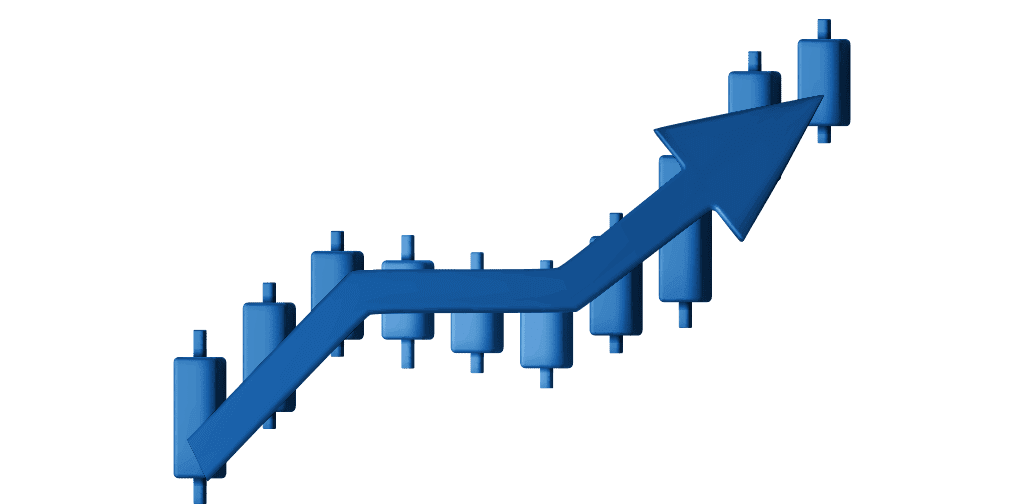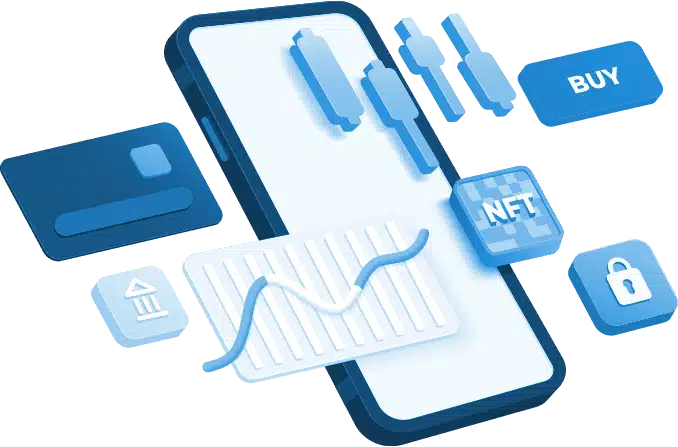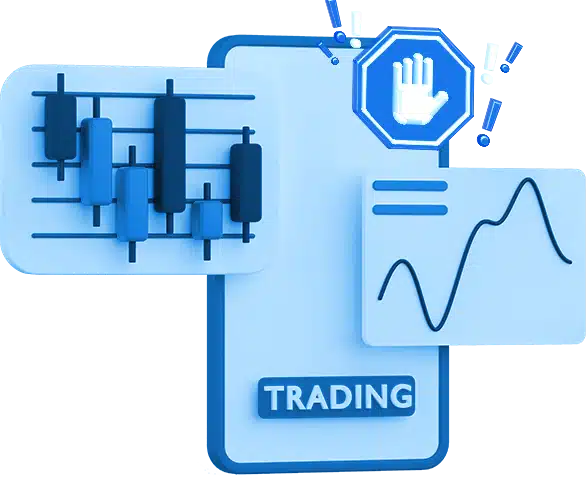
X
- Products
- Markets
- Commodities trading
- Academy
- Trading Platforms
- Trading Info
- Education
- Partners
- About
- Professional Trader
- Help
- Help
- Contact Us
- Chat with us
- FAQ
- WhatsApp WhatsApp
LoginGLOBALEUOrder Types
Let the platform trade for you with different order types.
 The term “Order” refers to how you will enter or exit a trade. There are many different types of orders that can be placed in the market.
The term “Order” refers to how you will enter or exit a trade. There are many different types of orders that can be placed in the market.Using Different Order Types
You can choose to execute a trade at the current market price. Alternatively, you can create a conditional order to execute a trade at a future market price, above or below the current market rate. Read about the order types available on Metatrader 4 and Metatrader 5.Main Order Types FAQ
When is the best time to use a market order?There are a few situations where the market order is the best choice. One is if you simply want the quickest execution possible. Another is whenever you’re trading an asset with high liquidity and an extremely tight spread. For example, this comes into play when you place orders for forex pairs with spreads of just a few pips, or stocks with a bid-ask spread of a penny or less. Another situation where the market order is acceptable is when you’re trading small lot sizes of under $1,000. Any time you want to get in or out of a position quickly, a market order is best. The same is true when the cost of entry and exit is extremely low.Where should I place my stop-loss orders?Determining where to place a stop-loss order is all about deciding how much risk you’re willing to take. For example, if you buy a $100 stock and place your stop-loss at $90, you’re indicating a 10% loss is acceptable. This type of percentage loss is a standard method for determining stop-loss levels. Another approach is to use nearby common moving average levels, or other support or resistance levels to decide where to place a stop-loss. In any case, your risk of loss should be no more than half your potential profit. So in the example above, with a possible 10% loss, the profit target should increase by $120 (20%) at a minimum.What trading strategy uses a One-cancels-the-other order?This risk management strategy links a stop-loss order with a limit order to automate a trade. The stop-loss order is triggered if the loss becomes greater than the trader is willing to accept, while the limit order is triggered if the order reaches the profit target. This strategy allows a seasoned trader to enter a position, define the exit conditions, and put the trade out of their mind, knowing it will execute as they want, without the risk of emotions entering the picture and messing with the trade.![]()
![]()
![]()
![]()
![]()
![]()
![]()
![]()
![]()
![]()
![]()
![]()
A Must-Read
eBook for Traders
Simply fill out your email address and we will send you the eBook for FREE
We see that you are
Already an existing client.
As a valued client,
Here is a link to the e-book
Thank You! Our insightful Online
Trading eBook is
already in your inbox.
Use it wisely and start trading!
Thank You! Our insightful Online
Trading eBook is
already in your inbox.
Use it wisely and start trading!
Oops…
Something went wrong,
please try again later.
















